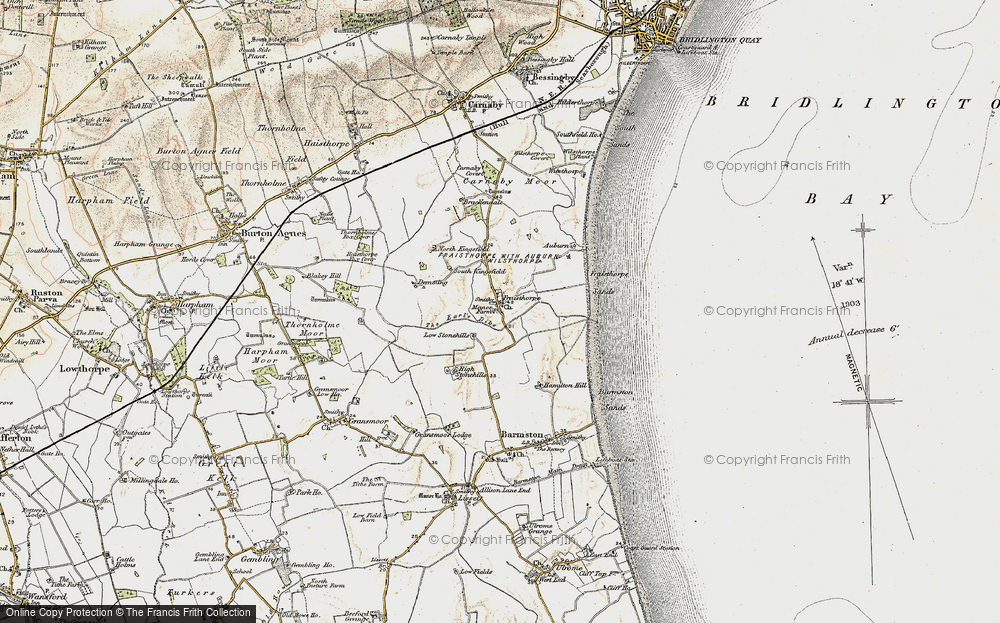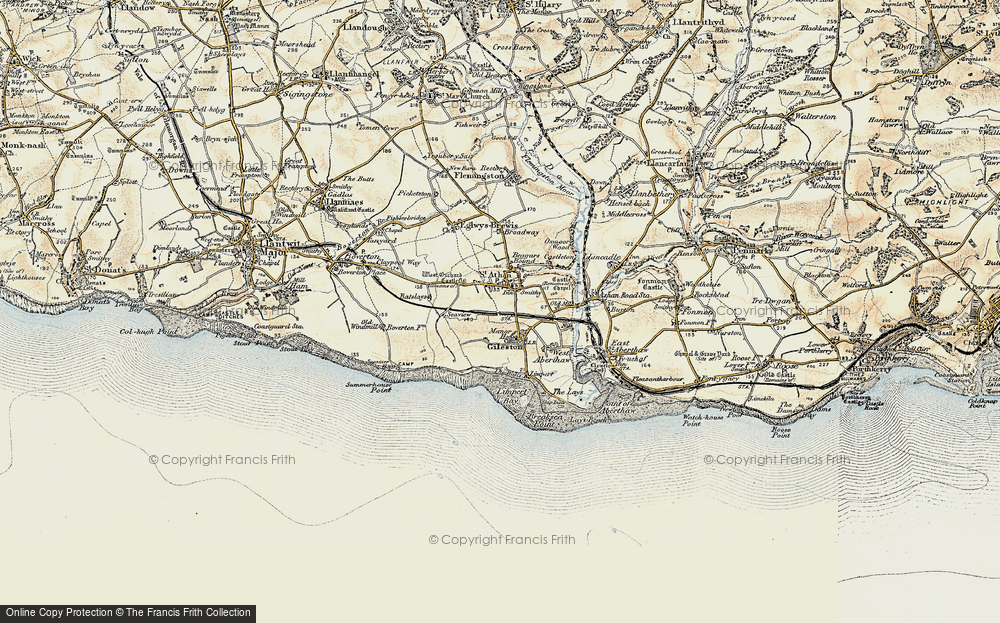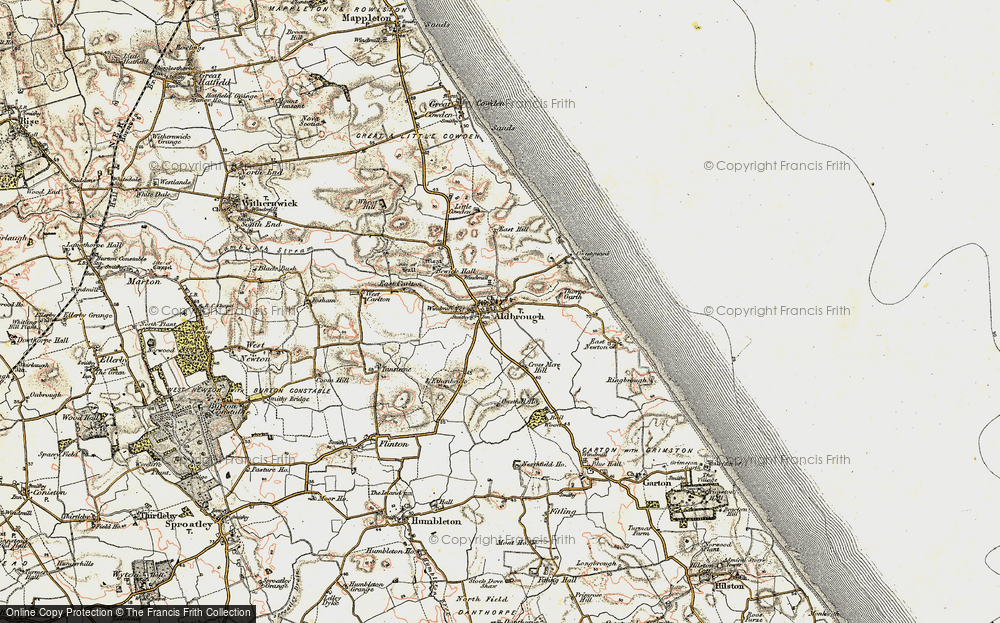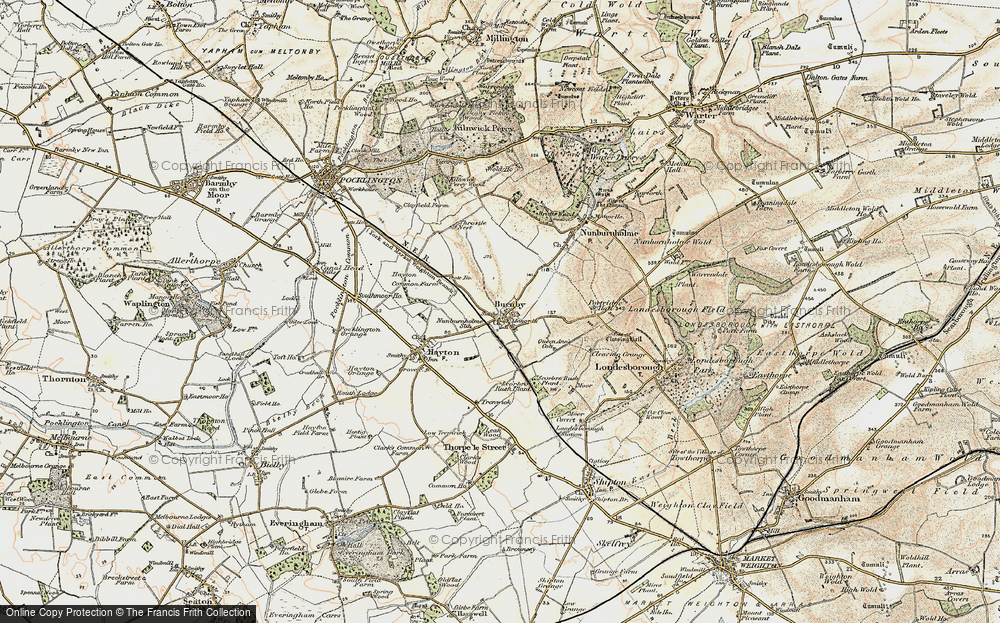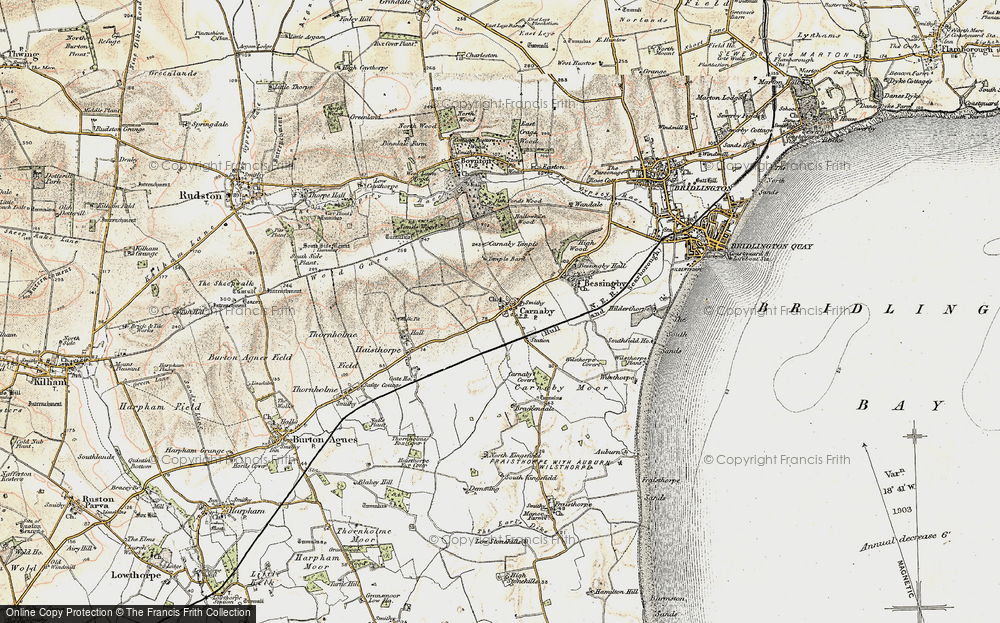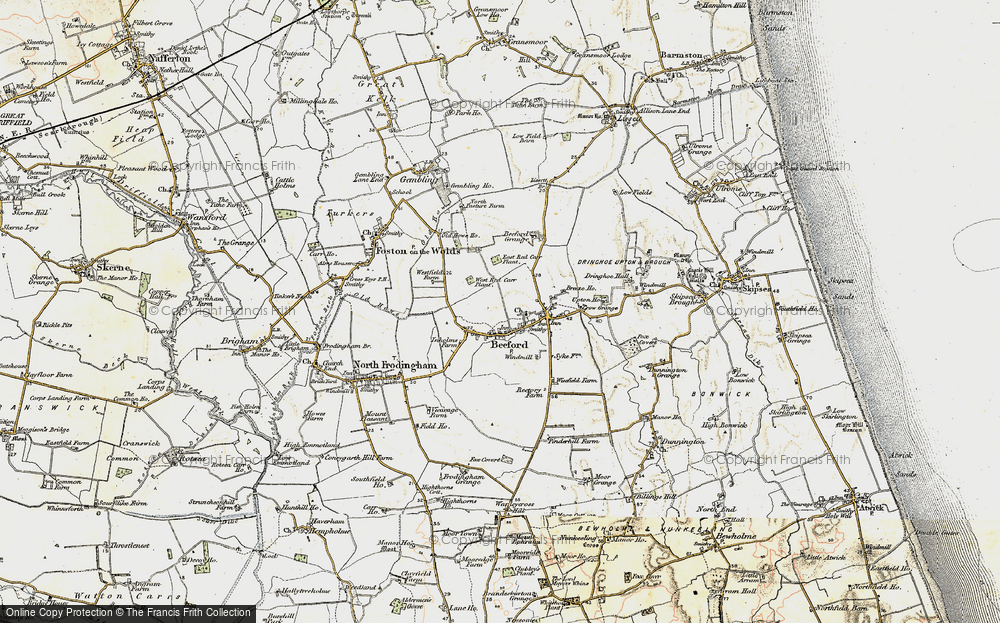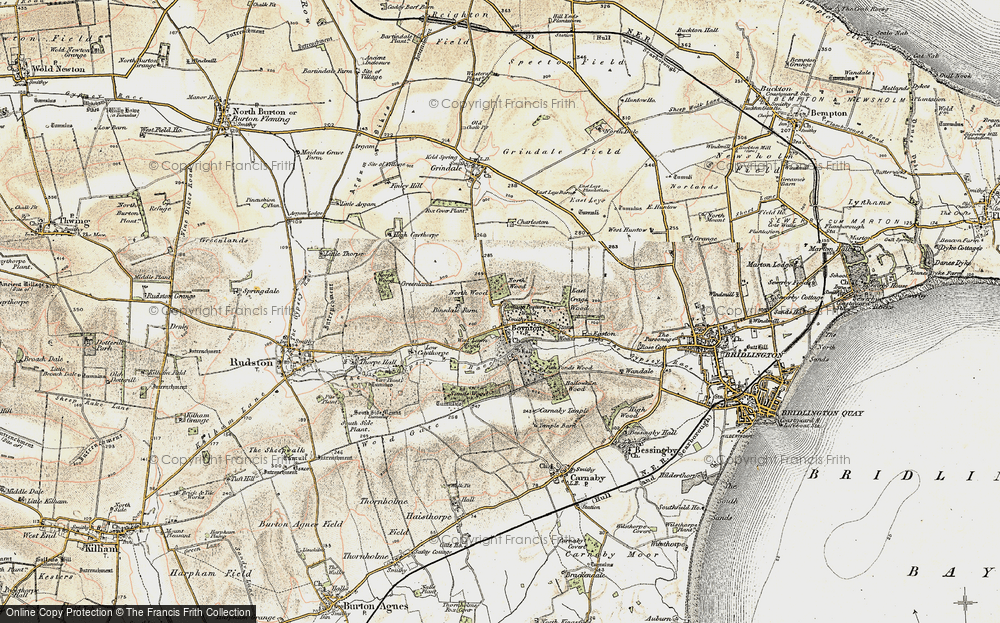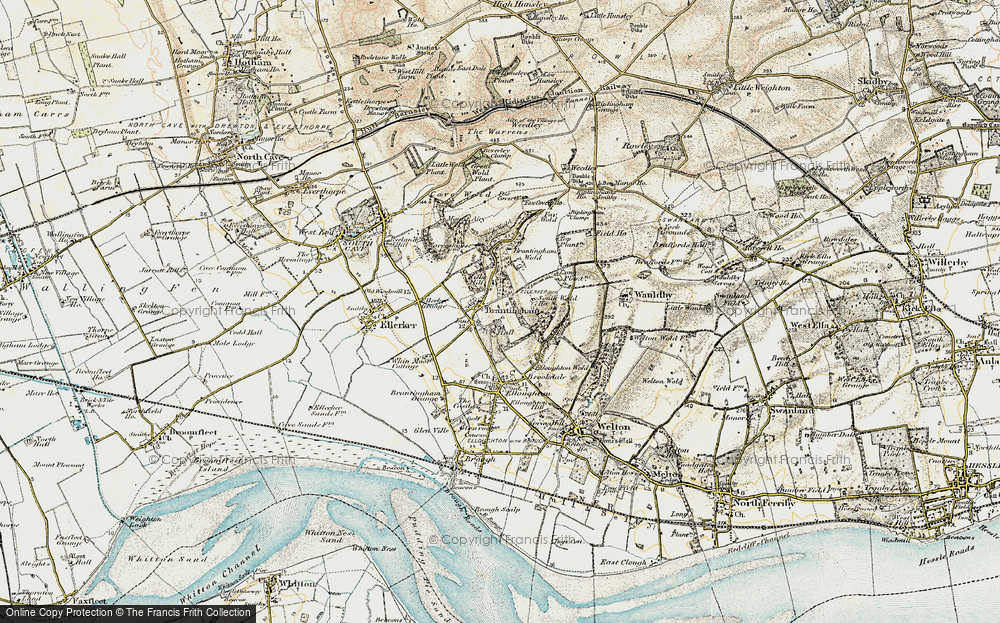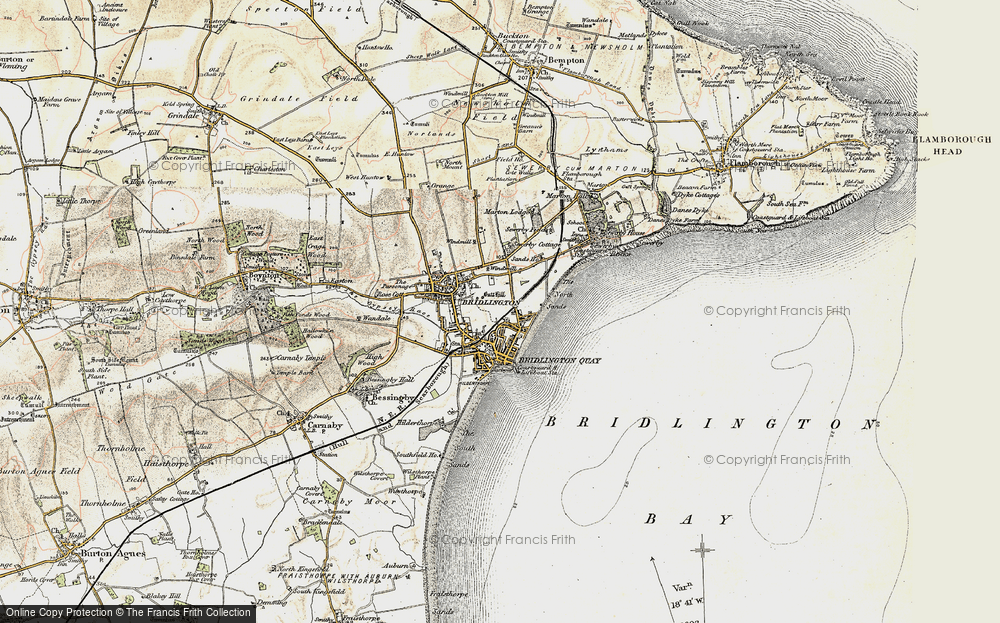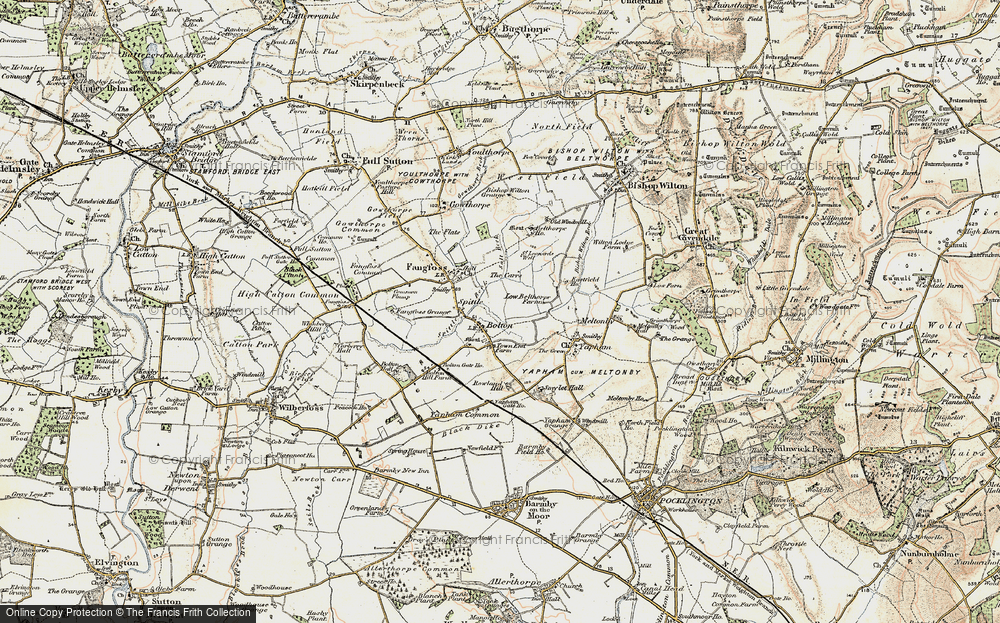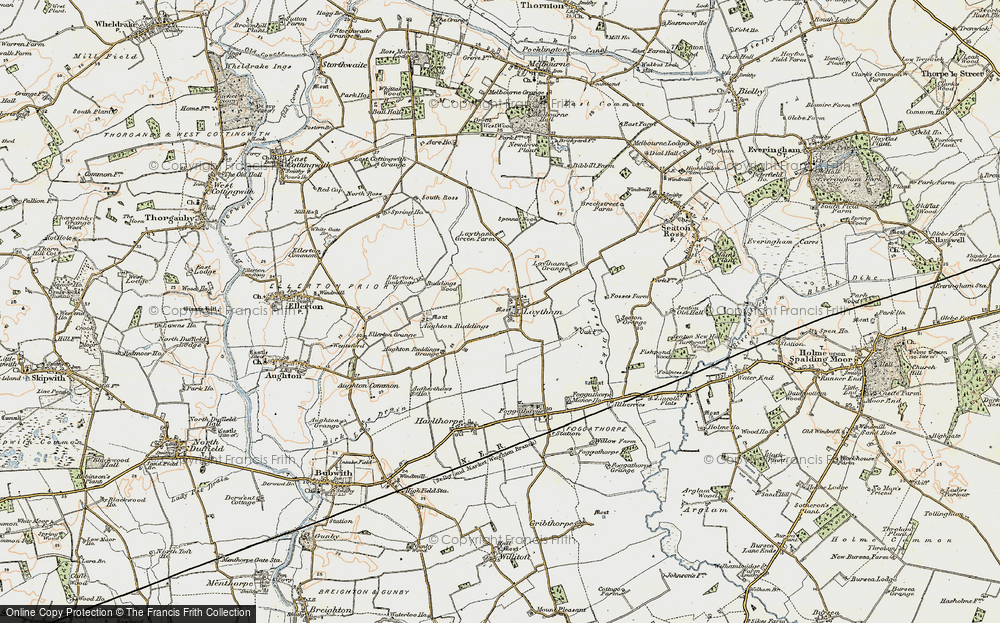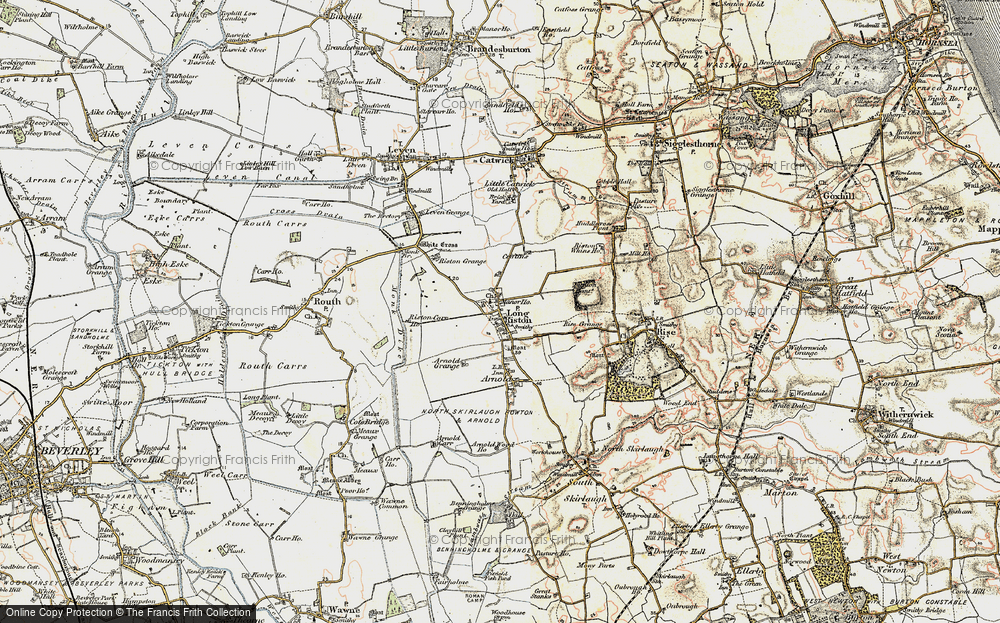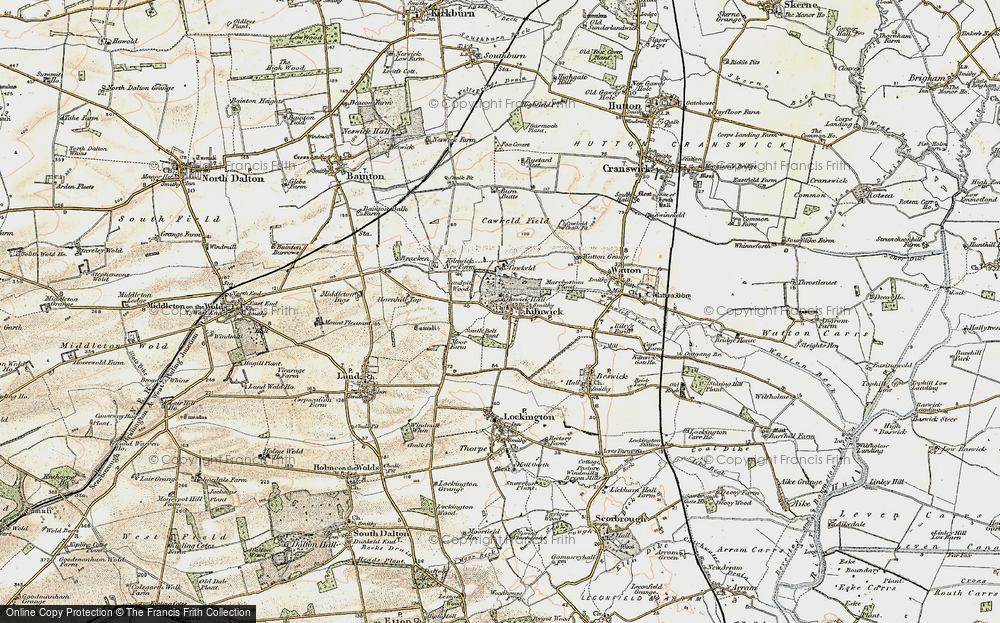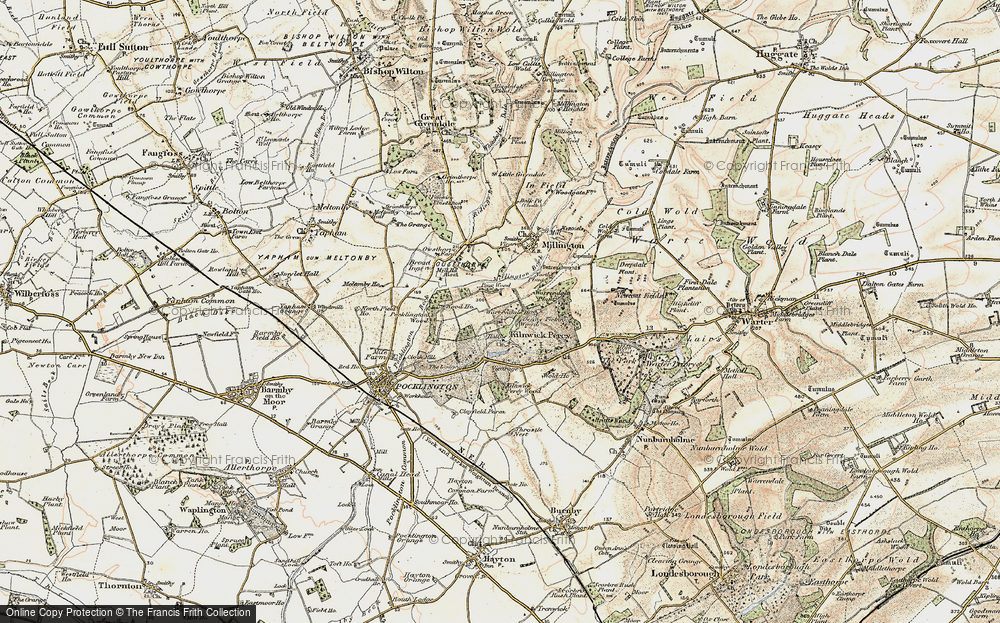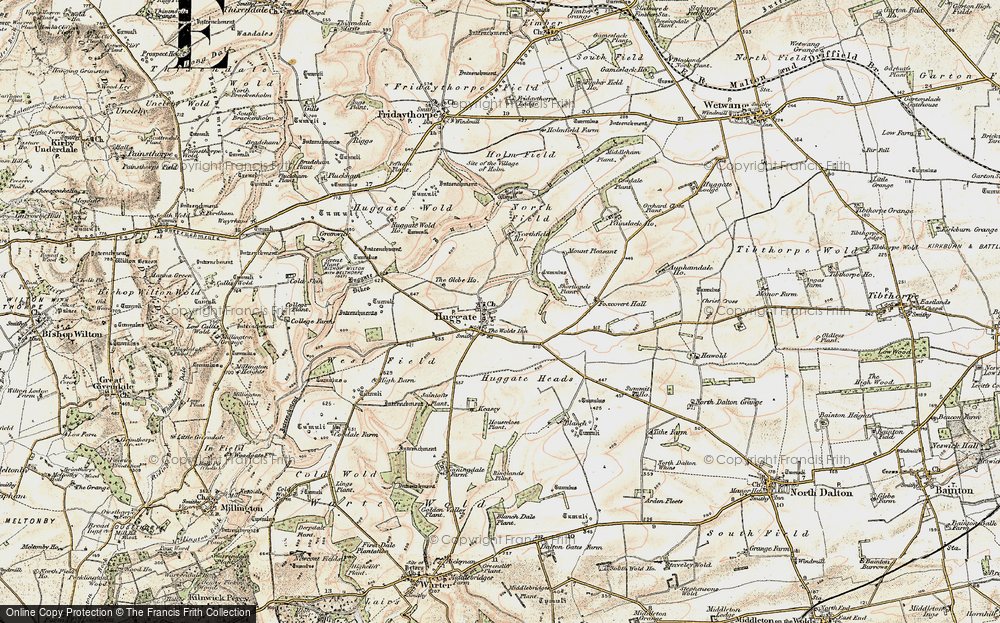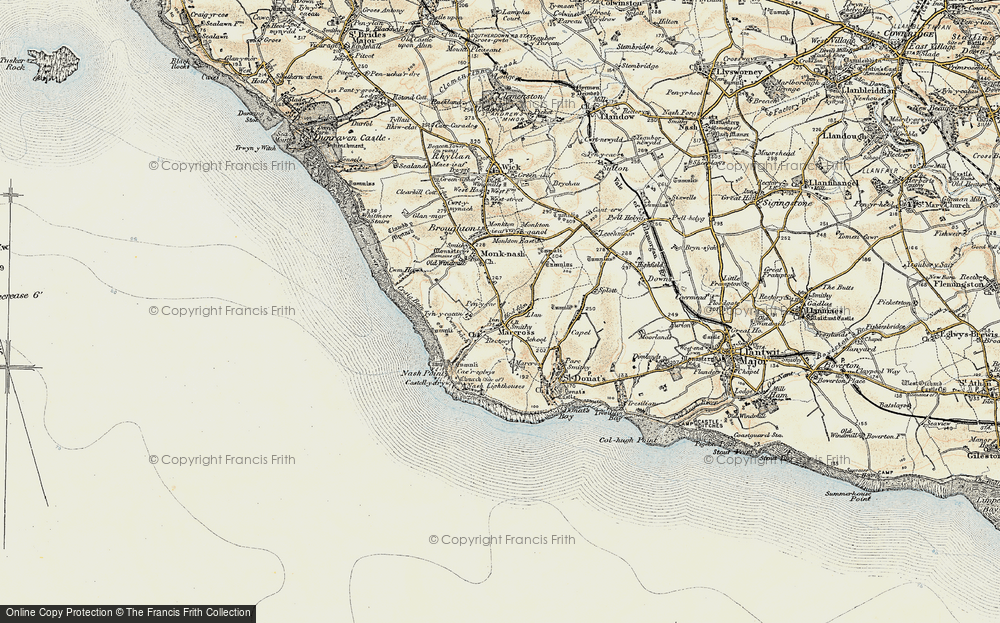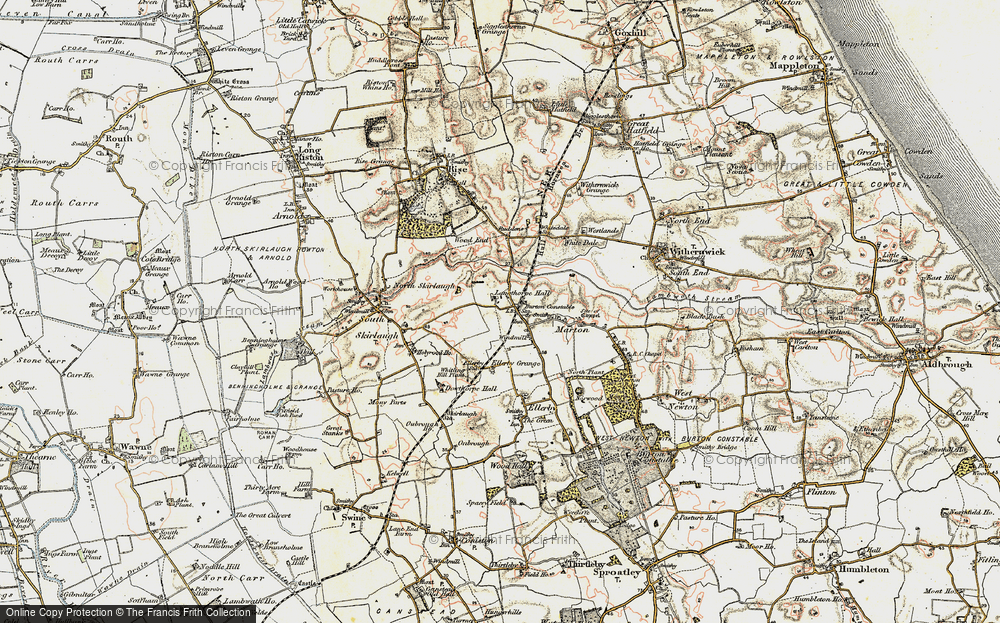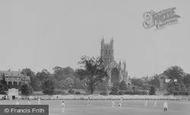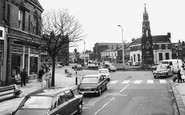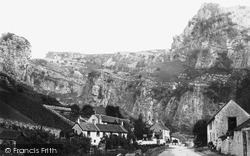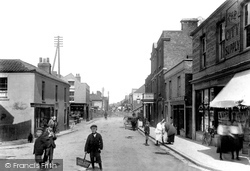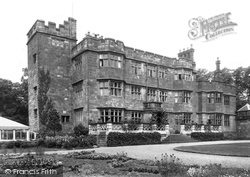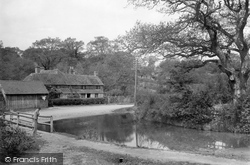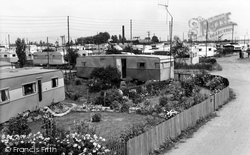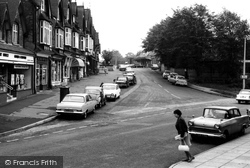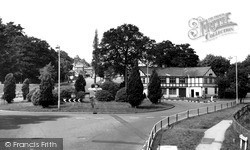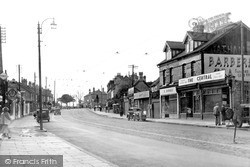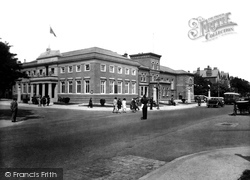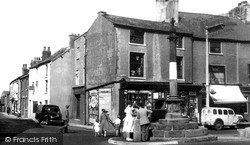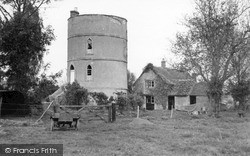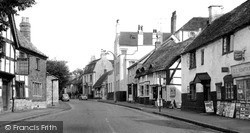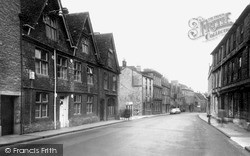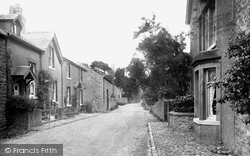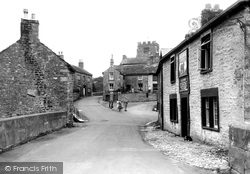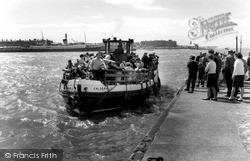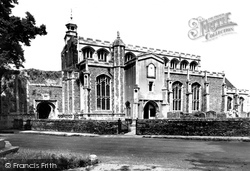Merry Christmas & Happy New Year!
Christmas Deliveries: If you placed an order on or before midday on Friday 19th December for Christmas delivery it was despatched before the Royal Mail or Parcel Force deadline and therefore should be received in time for Christmas. Orders placed after midday on Friday 19th December will be delivered in the New Year.
Please Note: Our offices and factory are now closed until Monday 5th January when we will be pleased to deal with any queries that have arisen during the holiday period.
During the holiday our Gift Cards may still be ordered for any last minute orders and will be sent automatically by email direct to your recipient - see here: Gift Cards
Places
Sorry, no places were found that related to your search.
Photos
Sorry, no photos were found that related to your search.
Maps
7,034 maps found.
Books
163 books found. Showing results 6,817 to 6,840.
Memories
22,913 memories found. Showing results 2,841 to 2,850.
Fantastic Summer
Spent the summer of 1983 working as a temporary groundsman at Worcester Cricket Ground New Road in Worcester. I was waiting to join the Royal Air Force so was extremely fit. I got a lovely tan met some of the famous cricketers ...Read more
A memory of Worcester in 1983 by
Marston
Marston Shelton CP and the bus coming to teach us to swim at Stewartby. Gardening on a Wednesday and get 6d for mowing the Head`s lawn. I played my only club football game on the old playing field for Marston Shelton Rovers 2nds ...Read more
A memory of Marston Moretaine in 1963 by
Policeman's Daughter
My dad Harry Newbon, became the village bobby in 1956. We lived in the police house in Wellfield Road until 1964 - the happiest days of my young life. Attending the village school where the head was Mr Hayton. Does anyone ...Read more
A memory of Alrewas by
Triangle Row
We moved in to number 13 after we got married. Our first visitor was unfortunately a policeman with a warrant for the previous owners arrest. I'm sure we were not alone in the house. We often used to hear an over the door type ...Read more
A memory of Norland Town in 1984 by
My Home Town
Hi, I was born in LLay north Wales in June 1939, three weeks later we moved to Walkden. The family joke was, I was the cause of the WW2. We lived at 67 Westminster Road, just down from where the monument was originaly located. Whilst ...Read more
A memory of Walkden in 1944 by
Durnford St School
I lived on Abbey Road at no.42. I went to Durnford Street School and was known as 'Bash Baker'. Anyone out there still? Does anyone know what happened to Sylvia Penny.
A memory of Middleton in 1954 by
Sadly The Palm House Has Gone
I am the current owner and restorer of the former Town Hall. It was originally called Whitehall and is now called Mossley Hall. The Palm House in the picture was removed, along with the stained glass Atrium over the ...Read more
A memory of Mossley in 1958 by
The Good Ol Days
I was born in north London in 1951. We moved to 3 Penzance Road when I was about 6 months old, I lived there until 1972. I remember Wallies van, buying broken biscuits from the shop in Petersfield Ave, playing runouts and tin ...Read more
A memory of Harold Hill in 1951 by
Reservoir Construction
I lived at Benfieldside at the time the reservoir was being constructed and the lady next door (Mrs McKay) used to take in lodgers. One of the engineers working on the reservoir lived there for some time -.he ...Read more
A memory of Derwent Reservoir in 1961 by
Cross Keys Pub
My dad, Cliff O'Dell, frequented the pub on a regular basis, he always had 'a few' and always ended up singing "Danny Boy". He had a garage called O'Dell Bros, on Eastbrook Road, where my brother Cliff worked, also our cousin ...Read more
A memory of Dagenham in 1966 by
Your search returned a large number of results. Please try to refine your search further.
Captions
9,654 captions found. Showing results 6,817 to 6,840.
In 1873, this wonder of nature had a quarrymen's village at its entrance.
Chapter 2's tour finishes at Highbridge, not one of Somerset's most attractive towns.
Here, at the junction of St Mary Street and Castle Street on the right, which leads to the Norman castle ruins, is the Clock Tower of 1897 topped by its timber belfry and weathervane.
Reaching Spalding we are in the heart of the bulb-growing country; the surrounding countryside is a glorious carpet of daffodils, tulips and other flowers at different times of the year.
Situated one and a half miles north of Blythe Bridge railway station in Staffordshire, Caverswall's history certainly goes back to at least 1275 when Walter de Caverswell was granted a licence to crenellate
Colemans Hatch is a good example of one of the 14th-century settlements that developed along the edges of the forest and waste; its name implies an old entrance into the forested area.
At this time, many found it fashionable to have a boat, and decided to buy a moveable home and moor it in Hoo, or to give it its full name, Hoo St Werburgh, the dedication of the church.
The railway station at the back of this picture is the reason for Dorridge's existence. Until the London to Birmingham railway was built in 1852, there was no Dorridge.
As the hills are owned by Birmingham, it is reasonable to include the area in this book.
People mostly arrive at the Lickeys by car today (though there are plenty of buses), but from 1913 to 1924 they came by bus, and from 1924 to 1952 on the hugely popular Number 70 tram, which served nearby
The catalyst for the subsidiary settlement mentioned in the caption to N203006 was the building of two turnpike roads through Northfield, one of which was eventually to become the A38 (Bristol Road).
The building of Lytham Baths and Assembly Rooms started in 1882 midway between the Clifton Arms and the Neptune Hotel. At the same time Blackpool and Lytham were linked by the coast railway.
At this point, the Market Place adjoins Blackpool Old Road.
Next door to Gillhams' gifts and stationery shop (left) is the Cadena Cafe with its first-floor oriel window, which opened at the turn of the 20th century.
Although it looks like a Gothic folly, this roundhouse was lived in by a lengthmen and his family who collected tolls from passing barges on the Thames and Severn canal.
Until the 1930s, trams ran along Prestbury High Street en route to the top of Cleeve Hill. A workman was employed to grease the rails at the sharp bend just out of sight in the distance.
Long Street, which was once known as West Street, has been the main artery of Tetbury since at least the 16th century.
The one here was completed in 1869 at a cost of nearly £14,000. It could seat up to 1,750 people and replaced a smaller chapel in Hammerton Street, which was sold to the Baptists.
The town's main commercial institutions and shops occupied many of the elegant three-storey buildings along Fishergate.
Photographed from the Yorkshire bank of the Ribble, the view looks across Sawley to Noddle Hill.
The building on the left was a non-conformist chapel and bears the date 1668, whilst hidden at the end is the Calf's Head.
But for the dress of the visitors, this picture might have been taken 60 years earlier.
The first Knott End ferry began as a family business shortly after work on Fleetwood started, but in 1894, was taken over by the municipal council.
The western tower was started later in 1525 with a stone base and, as at nearby Dedham, a vaulted ground floor with processional arches in the north and south sides.
Places (0)
Photos (0)
Memories (22913)
Books (163)
Maps (7034)


